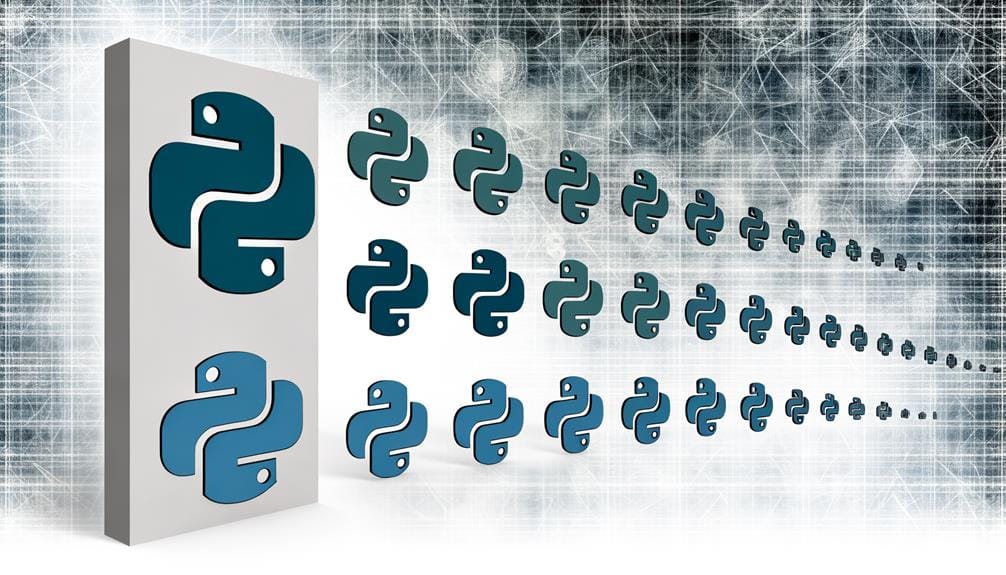Python is highly adept for checking grammar and language errors in content, capitalizing on libraries like PyEnchant for spell checking and LanguageTool for comprehensive grammatical reviews. These tools unveil misspelt words, suggest corrections, and detect grammatical mistakes using a rule-based approach. They cater to customized language needs, facilitating error-free content delivery. Combatting syntax errors is achievable through the syntax analysis feature in Python using NLTK and SpaCy libraries. The investigative journey into Python's role in content error detection promises to reveal more about its capabilities.
Key Takeaways
- Utilize Python's automated proofreading capabilities to efficiently handle large volumes of text.
- Use Python libraries like NLTK and SpaCy for syntax analysis and entity identification, enhancing error detection.
- Implement PyEnchant for spell checking, as it detects misspelled words and suggests potential corrections.
- Apply the LanguageTool library for comprehensive error detection and precise identification of grammatical errors.
- Leverage LanguageTool's rule-based approach and detailed feedback to detect a variety of errors and improve user learning.
Importance of Content Grammar Checking
Underscoring the realm of professional communication, the importance of grammar and language checking in content is paramount, not only for enhancing credibility and trustworthiness but also for improving readability and user experience. With the rise of digital platforms, content credibility has become a significant factor that impacts the reputation of businesses and individuals alike. Accurate grammar and language usage contribute to this credibility, and errors can tarnish it. Moreover, the user experience is also heavily influenced by the quality of language used in content. Errors can disrupt the flow of reading, cause confusion, and lead to misinterpretation of information. Therefore, it's crucial to incorporate robust grammar and language checking mechanisms, ensuring the delivery of high-quality, error-free content.
Benefits of Python in Proofreading
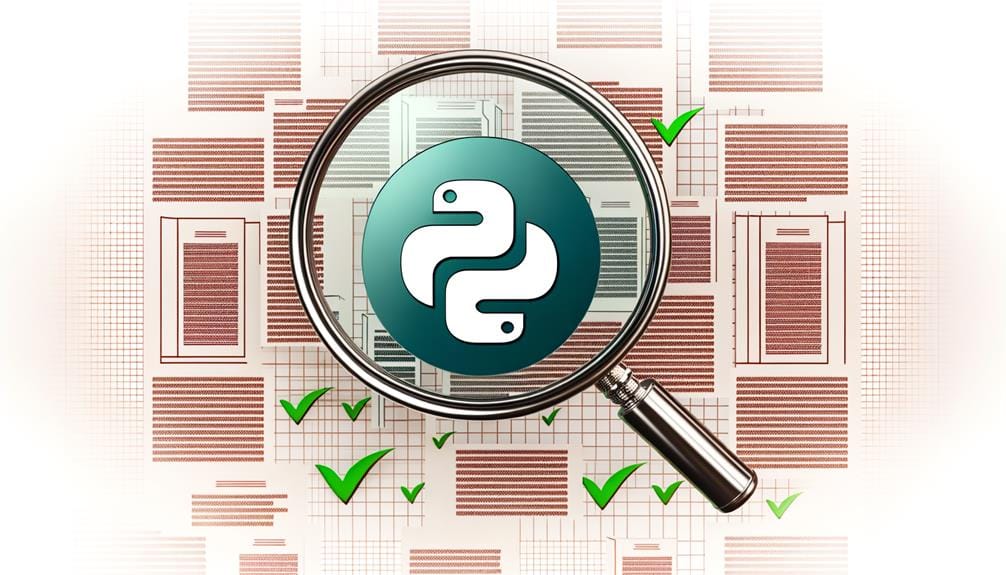
While the need for error-free content is evident, the choice of tools for detecting and correcting these errors is equally significant; Python, with its powerful libraries and customization options, presents an effective solution for automated proofreading. The benefits of Python in proofreading are particularly noticeable regarding its automation capacity and language customization.
| Benefits | Python Libraries | Description |
|---|---|---|
| Automated Proofreading | NLTK, spaCy | Python allows for automated proofreading, reducing manual labor and increasing efficiency. |
| Language Customization | Polyglot, TextBlob | Python libraries offer customization options, allowing for language-specific rules and conventions to be factored into the proofreading process. |
| Large Text Handling | Pandas | Python efficiently processes large volumes of text, an advantage when handling extensive content. |
| Integration | NumPy, SciPy | Python can be integrated with other data analysis tools, enhancing its utility in content analysis. |
| Availability of Libraries | PySpellChecker, Language-check | Python boasts a wide array of libraries, providing flexibility and versatility in the proofreading process. |
Python Techniques for Error Detection
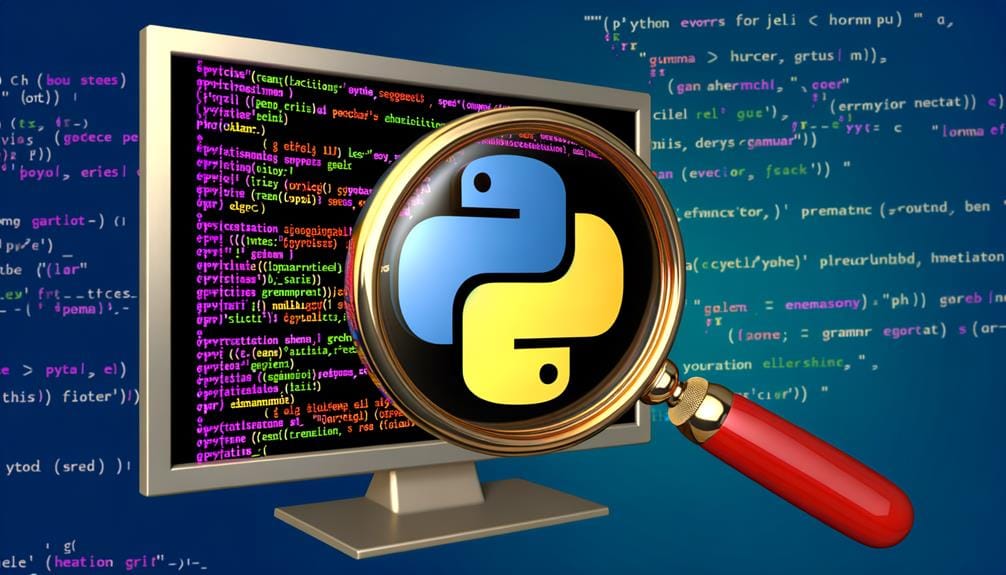
There are several robust techniques in Python that can be leveraged for the detection of grammatical and language errors in content, each offering its unique advantages in the process of proofreading and enhancing the quality of text. Firstly, syntax analysis is integral to this process, enabling the identification of sentence structures and relations between words, thus highlighting potential grammatical issues. Python libraries like NLTK and SpaCy are especially useful for this purpose. Secondly, entity identification is another pivotal technique. It helps to detect and categorize entities present in the text, such as names or locations, which may be wrongly spelled or misplaced. These techniques, when combined, help in creating a comprehensive error detection system.
Spell Checking With Pyenchant
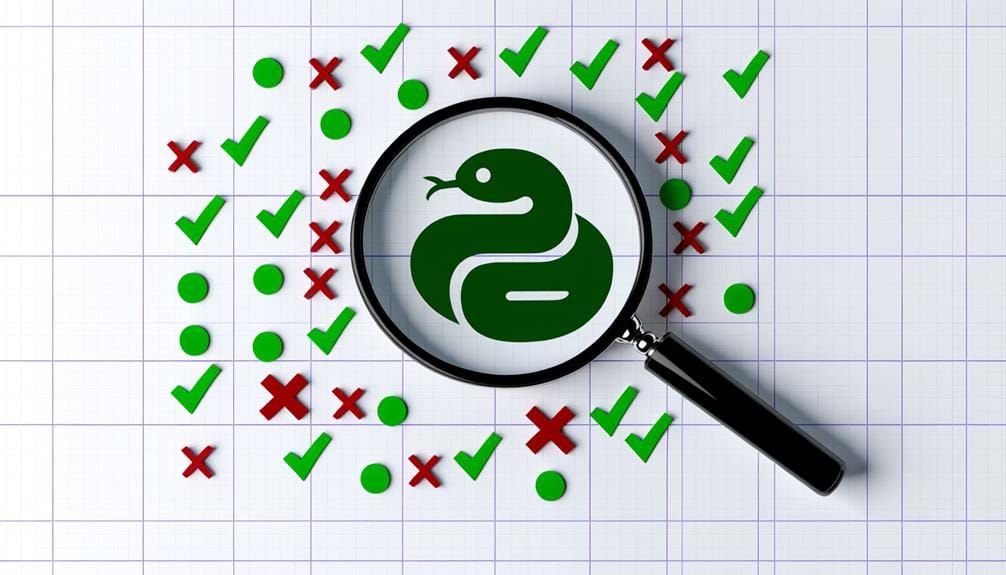
One of the most effective tools in the Python ecosystem for identifying spelling errors in text content is PyEnchant, a spell-checking library that is not only capable of detecting misspelled words but also suggesting potential corrections. PyEnchant's customization options allow for an in-depth error analysis, enabling users to create custom dictionaries and tailor the library to their specific language requirements. This feature is particularly useful when dealing with industry-specific jargon or unusual terms. PyEnchant's extensive language support, covering numerous languages, ensures a wide scope of application. Performance evaluation can be achieved through built-in functionalities. In conclusion, PyEnchant's powerful spell-checking capabilities and adaptable features make it an optimal choice for error detection in Python.
Grammar Checking With Languagetool
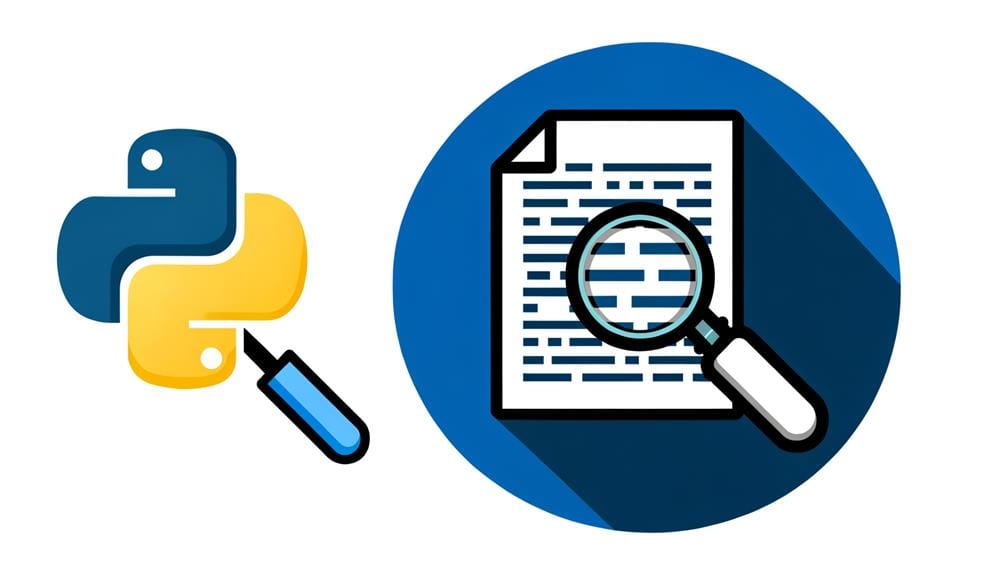
Navigating the terrain of grammar checking in Python, LanguageTool emerges as a prominent toolkit, offering comprehensive error detection and correction capabilities for a variety of languages. Its vast language model accuracy ensures precise identification of even the most elusive grammatical errors. As an open-source resource, it extends enticing integration possibilities, allowing for seamless assimilation into any Python-based development environment. LanguageTool's rule-based approach can detect errors ranging from simple punctuation mistakes to complex syntax inconsistencies. Furthermore, it provides detailed feedback on identified errors, thus enhancing the learning curve of users. Altogether, the flexibility, accuracy, and usability of LanguageTool make it a powerful grammar checking asset in Python's arsenal.
Best Practices for Python Implementation
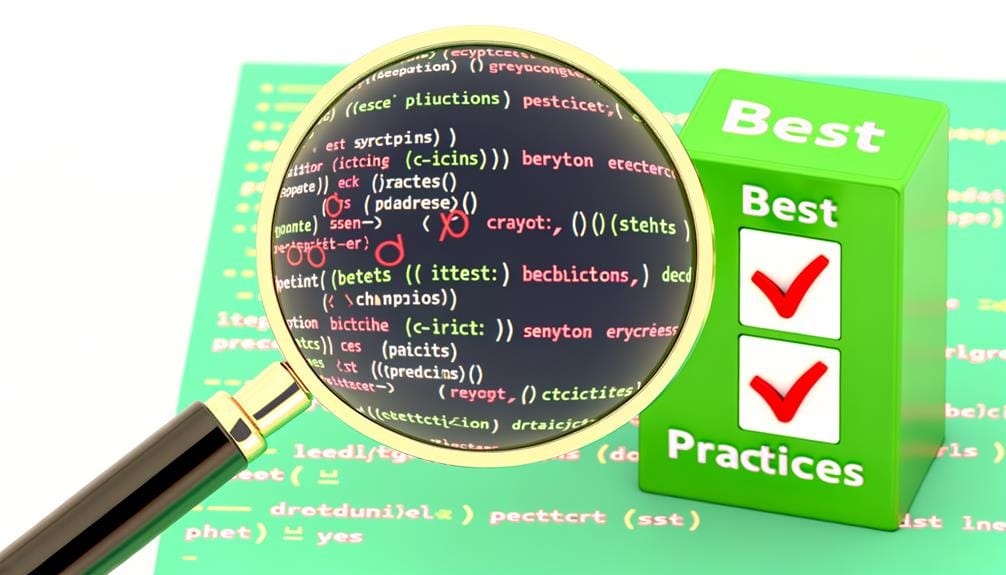
While LanguageTool provides robust capabilities for grammar checking, the effectiveness of its implementation in Python significantly depends on adherence to certain best practices. These practices are instrumental in ensuring efficient workflow integration and customization options for domain-specific terms.
- Performance Testing: Regular performance testing of the LanguageTool implementation helps in maintaining optimal performance and detecting any bugs or issues early on.
- Workflow Integration: The grammar checking must be smoothly integrated into the broader content creation and editing workflow to ensure consistency and efficiency.
- Customization Options: LanguageTool in Python allows for customization of grammar rules and dictionaries, providing flexibility to accommodate domain-specific terms.
- Domain-Specific Terms: The tool should be trained and tested with domain-specific terms to ensure accuracy and relevancy in the checking process.
Regular Updates and Testing
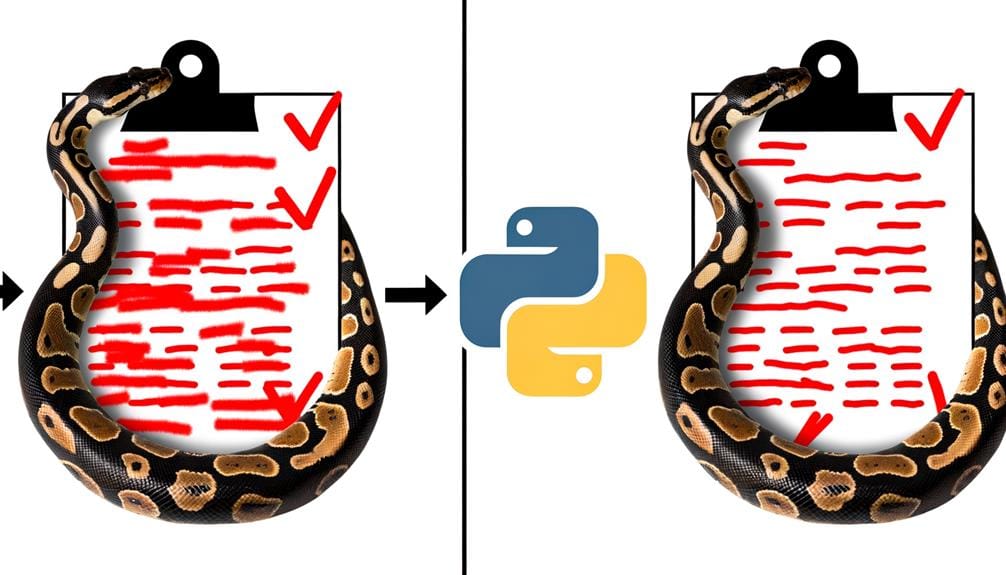
In the realm of Python-based grammar and language checking, regular updates and rigorous testing play indispensable roles in maintaining the efficacy and accuracy of the implemented tools. Updating models is crucial, as language is dynamic and constantly evolving. This involves incorporating new rules, idioms, phrases and words, thus enhancing the tool's comprehensiveness and adaptability. On the other hand, testing strategies focus on ensuring the accuracy of the system, enabling it to detect even the smallest of errors. Such strategies may include unit testing, integration testing or system testing. In essence, the synergy of regular updates and meticulous testing fosters a robust system capable of delivering precise, error-free content. Hence, both elements are integral to the performance and effectiveness of Python-based language and grammar checking tools.
Future Trends in Error Checking
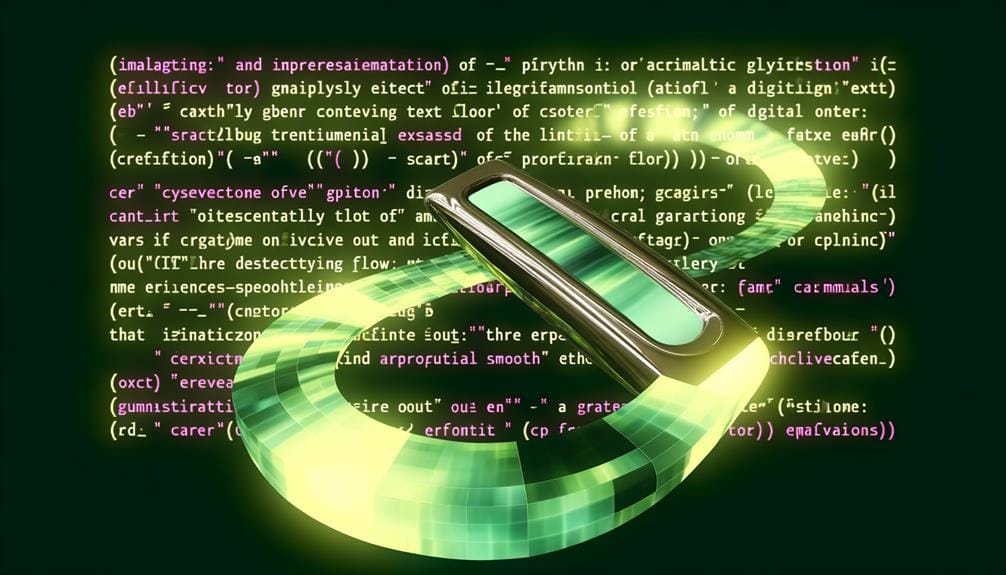
Harnessing the power of technological advancements, the field of grammar and language error checking in Python is poised for significant transformations in the future.
- AI integration for context aware checking: This will allow for more nuanced and sophisticated error detection based on the overall context of the text.
- Real time feedback tools: These will provide instant feedback, allowing for immediate corrections and improvements in the writing process.
- Machine learning advancements in error detection: Algorithms will become more proficient at identifying complex errors, further improving the accuracy of grammar checks.
- Collaboration with language experts: This will ensure that the tools remain up-to-date with the evolving language norms and styles, thus maintaining their effectiveness over time.
Frequently Asked Questions
How to Use Textblob for Language Error Detection in Python?
TextBlob, a Python library, offers a simple API for common natural language processing tasks including language error detection. Although it provides an easy-to-use interface, its language detection accuracy can sometimes be limited, particularly for less common languages or complex sentences. It uses part-of-speech tagging to identify syntax errors and offers spell checking features. However, for optimal results, it is advisable to complement TextBlob with other more specialized libraries.
What Are Some Common Challenges in Automated Grammar Checking With Python?
Automated grammar checking with Python presents challenges such as algorithm limitations and data privacy concerns. Algorithms may struggle with nuanced language rules, idiomatic expressions, and context-specific grammar, resulting in false positives or negatives. Data privacy concerns arise when sensitive information is processed through third-party libraries or tools. Balancing accuracy and privacy while continuously improving the algorithm's understanding of language nuances is a significant challenge in automated grammar checking.
How Can I Customize Python Proofreading Tools for Specific Industry Jargon?
Python proofreading tools can be customized to handle industry-specific jargon, thereby increasing their accuracy and relevance. Tools like NLTK and spaCy allow you to add domain-specific terms to their dictionaries. This way, your content is not just grammatically correct but also adheres to industry language norms. Regularly updating your tool with the latest jargon can help maintain its effectiveness in proofreading industry-specific content.
Are There Any Real-Time Python Libraries for Grammar and Language Checking?
Yes, there are real-time Python libraries for grammar and language checking. Libraries such as LanguageTool and PyEnchant offer real-time error analysis capabilities. With Python integration, these tools can provide immediate feedback on text content, identify grammar, spelling and syntax errors, and suggest corrections. They are efficient in handling large volumes of text and can be customized for different language needs, making them a valuable resource for real-time error detection.
How Does Machine Learning Enhance the Accuracy of Python Language Checking Tools?
Machine learning enhances the accuracy of Python language checking tools by learning patterns and rules from large datasets. It aids in detecting anomalies and mistakes in new inputs. However, limitations exist such as the need for extensive language model training and the inability to understand context deeply. Despite these challenges, machine learning significantly improves the capabilities of grammar and language tools, resulting in more refined content analysis and error detection.



